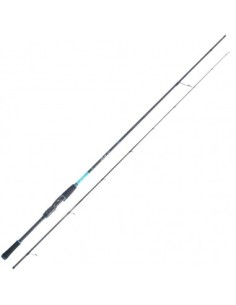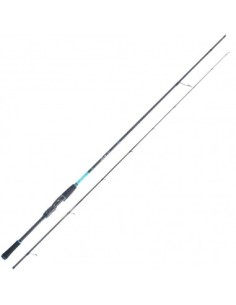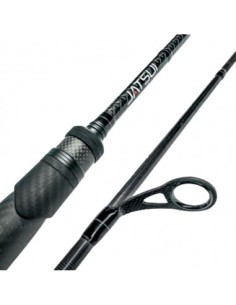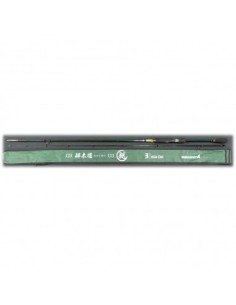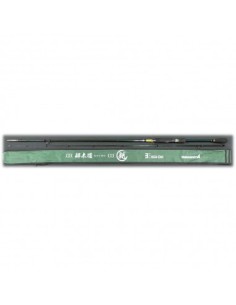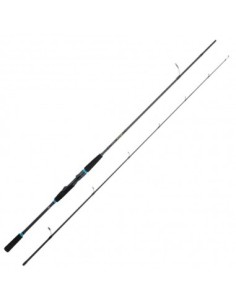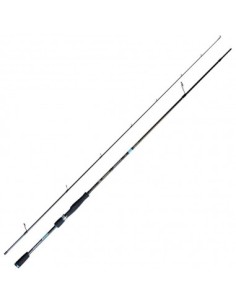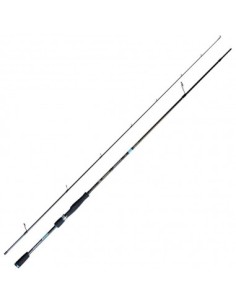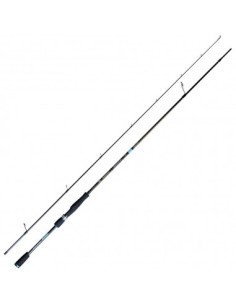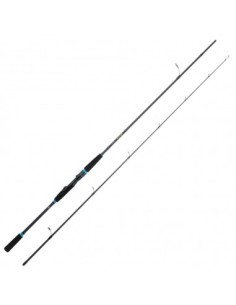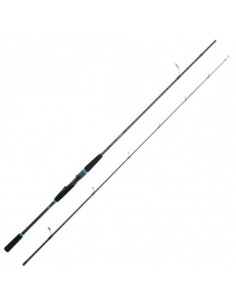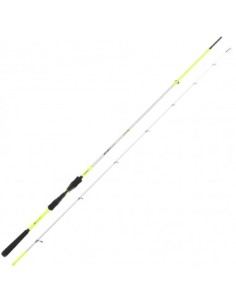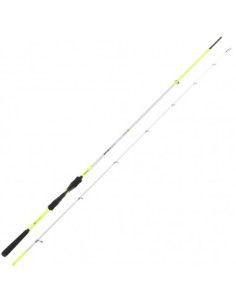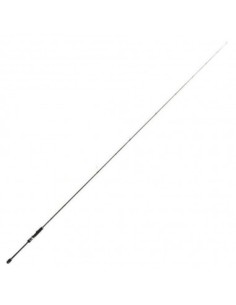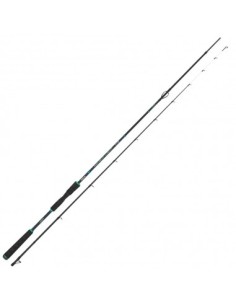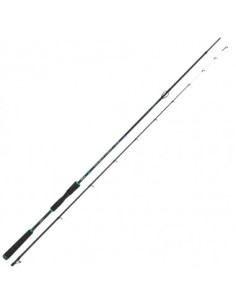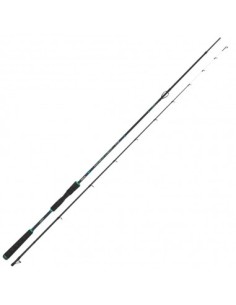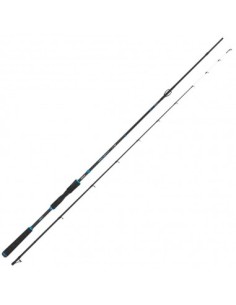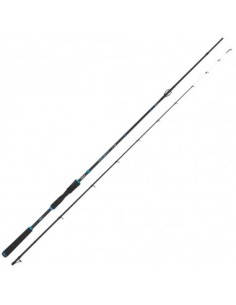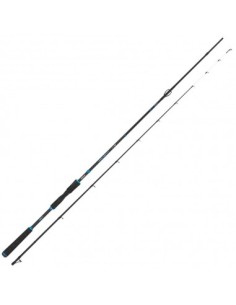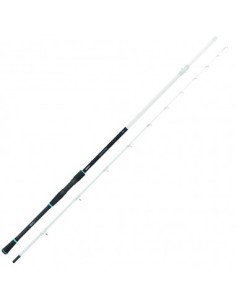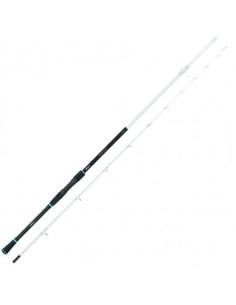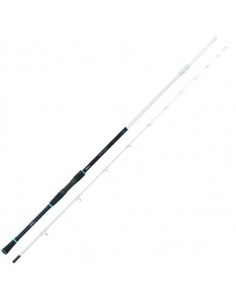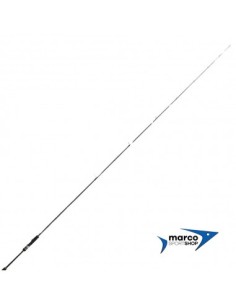Eging rods
Favorite X1 Egi 832M 2,52 Mt Egi Size 2.5-3.2
The fishing of cuttlefish and squid, also known as Eging, is a fascinating practice that can be done both from a boat and from shore, each with specific techniques and equipment.
Boat Fishing
When fishing from a boat, strategies vary between cuttlefish and squid. For cuttlefish, artificial lures called "totanare" are used, which are moved along the seabed. For squid, smaller artificial lures called "tataki" are preferred, as they work throughout the water column rather than just near the bottom.
The ideal rods for this Eging technique range from 2 to 3 meters in length and can be telescopic or in two pieces with an interchangeable tip. For cuttlefish fishing, a tip action rod is recommended, while for squid, which are more delicate, a parabolic action is preferable to avoid tearing their tentacles during retrieval. "Solid tip" rods offer excellent sensitivity and power when landing catches. The choice of rod length depends on the size of the boat: 2.4 meters for boats up to 5 meters long and 2.7 meters for larger boats.
Shore Fishing
Shore fishing requires different equipment and techniques, as the goal is to cast artificial lures as far as possible. The rods, generally in two pieces, range in length from 2.5 to 2.9 meters and must combine casting ability with sensitivity in both the shaft and the tip. "Tubular" tips are suitable for powerful rods capable of casting squid jigs ranging from size 3 to 4.5, while "solid" tips offer greater sensitivity and are designed for jigs from size 1.5 to 3.
General Tips
For both types of Eging fishing, it is advisable to use braided line on the reel, as it provides greater sensitivity than traditional monofilament, allowing anglers to better detect the bites of cuttlefish and squid.
On our website, you will find everything you need to equip yourself properly for this exciting fishing experience.

